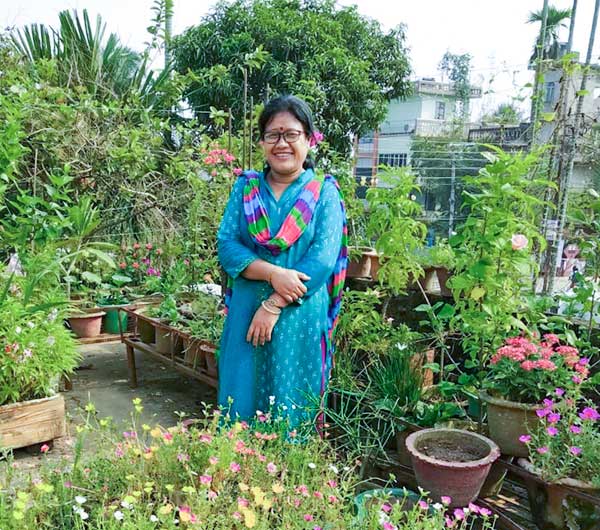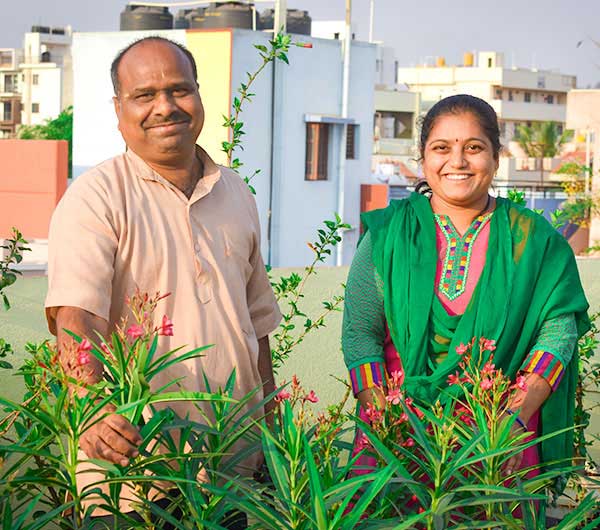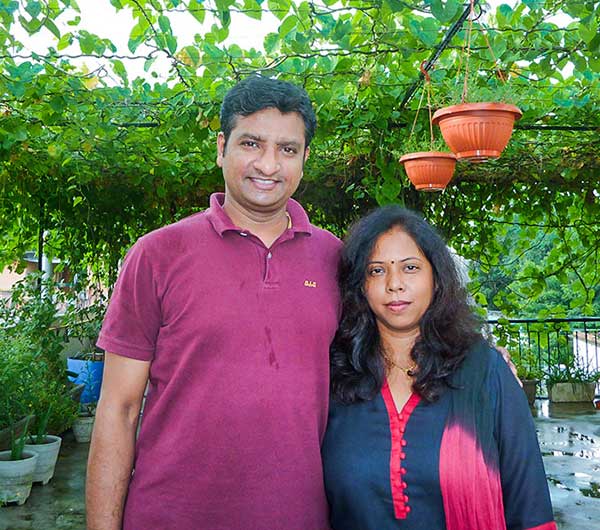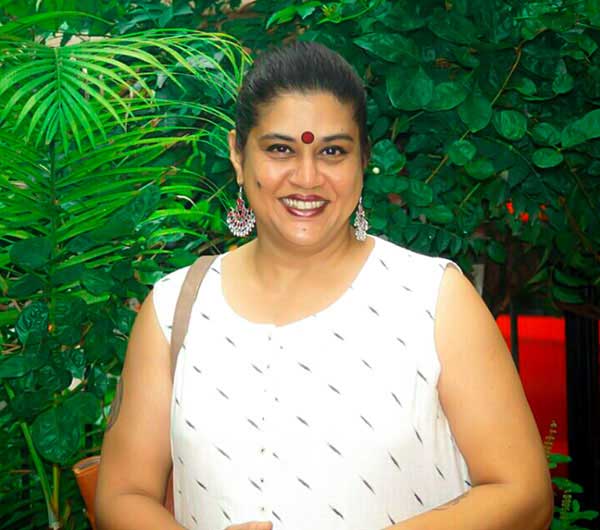Chewang Norphel: The Ice Man of India
By: Ishwari Latey | Date: 16th September 2019
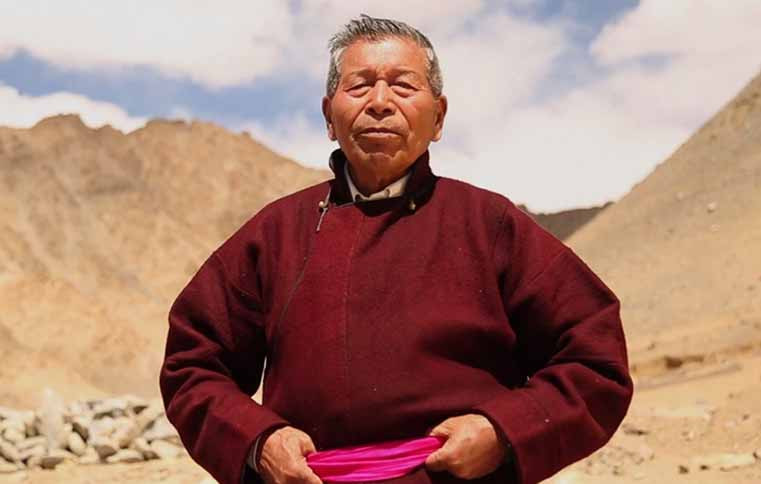
Civil Engineer Chewang Norphel was laughed at when he proposed to solve the water crisis of his native land Ladakh, forever. Ladakh, the ever cold dessert where hardly anything ever grows, with its minimum rainfall is known to be one of the harshest places to live.
With annual rainfall less than 50 mm, which is as good as none, life here faces the daily struggle to survive every day.
The ever so tenacious people who live here, has well adapted to the conditions. But due to increasing tourism, and adverse effects of global warming, the conditions did not seem good for the locals, especially farmers. The severe scarcity of water has led them to migrate and made the living conditions harsher than they were before.
Chewang Norphel saw the plight of his native land. Previously, it was easy for the farmers to utilize the water of the melting glaciers for watering their crops. The farmers used to change the course of the glacier streams for watering their crops.
Whatever water flows during this time is wasted while during the sowing season, there is hardly any water available because natural glaciers, situated some 5,000 feet above and 20-25 km away from the villages, only melt after June.
So, Chewang Norphel thought of the solution for what could be done for the water scarcity problem. What if there were glaciers at lower altitudes which would melt sooner due to relatively higher temperature? Thus came the idea of artificial glaciers.
It struck him that the water that melts from natural glaciers due to high temperatures in summer goes to waste as it flows into the river.
Instead, if this water can be stored in summer and autumn so that it can form a glacier in winter, then this artificial glacier would melt in spring and provide water to the villagers at the right time.
"It's a technique to harvest winter waste water in the form of ice. And by creating artificial glaciers at relatively lower altitudes, it was possible to get water when it was needed," Norphel said.
He started his first experiment in Phutse village. He made canals to divert the water from the main stream to small catchment areas located four kms away from the village. He also created a shaded area to keep the water frozen in winters.
The work to construct a glacier starts in October when the villagers divert the glacial streams, and create embankments in the form of steps to slow down the velocity of water.
And, as these glaciers are located at a lower altitude of 13,000 feet as compared to the original glaciers which are located at 18,000 feet, they start melting earlier than the mainstream ones and provide water to the villagers when they need it the most in April. Today, Ladakh has over 17 artificial glaciers at low altitudes, solving the water crisis problem.
His efforts have increased the agricultural production, thereby increasing the income of the locals. This has also reduced the migration to cities.
His simple technique has brought water closer to the villages, and most importantly, made it available when the villagers need it the most.
For his brilliance, Mr. Norphel has been awarded with “Padmashree”, the third highest civilian award in India, in 2015. His work has been appreciated on national and international level, drawing inspirations everywhere.




